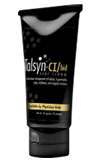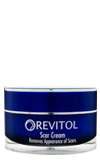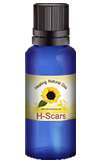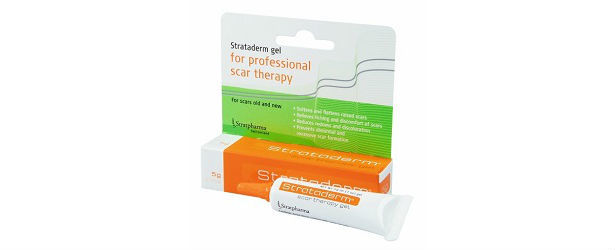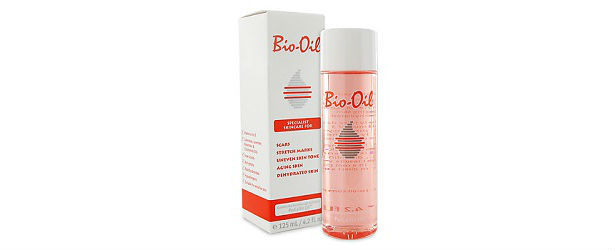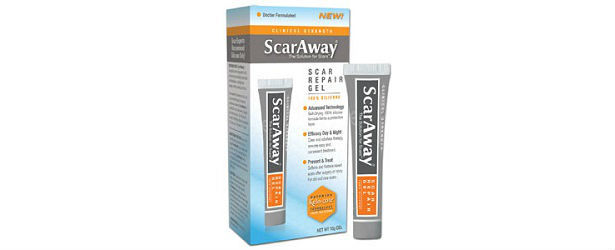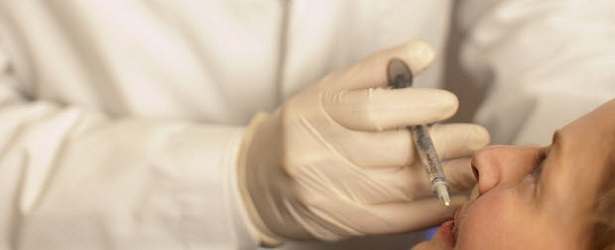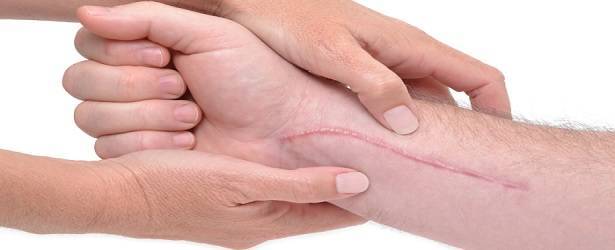
Keloid and Hypertrophic Scars
Keloid scars are caused by an overproduction of the fibrous tissue that repairs the skin after an injury, piercing, or surgery. They can also be caused by scrapes, burns, cuts, and injuries that are self-inflicted. Keloid scars are red or pink and grow to become larger than the area of the actual injury. They can be painful and even upset the function of the muscles in the area.
Keloid Scars or Hypertrophic Scars
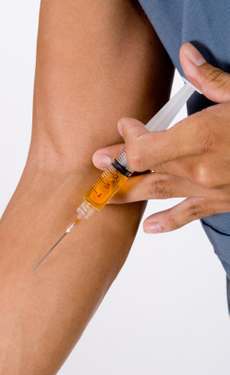 Keloid scars and hypertrophic scars often are confused. It is important to know that there is a difference between them, because the treatment is different for each. Most scars are very flat and pale pink in color. When a scar becomes hypertrophic, it thickens just over the wound bed but eventually fades on its own in a year or so. Hypertrophic scars never grow past the site of injury but can thicken and turn rubbery. This may be treated with steroid injections to help flatten the area. Keloid scars can form over time, even long after a wound heals. They are very unsightly and turn shiny and red or pink in color. They also can have a hard, rubbery feeling. But unlike hypertrophic scars, keloid scars begin to grow beyond the borders of the wound and can be painful or itchy. The chest, back, shoulders and earlobes are common areas for keloid scars to appear.
Keloid scars and hypertrophic scars often are confused. It is important to know that there is a difference between them, because the treatment is different for each. Most scars are very flat and pale pink in color. When a scar becomes hypertrophic, it thickens just over the wound bed but eventually fades on its own in a year or so. Hypertrophic scars never grow past the site of injury but can thicken and turn rubbery. This may be treated with steroid injections to help flatten the area. Keloid scars can form over time, even long after a wound heals. They are very unsightly and turn shiny and red or pink in color. They also can have a hard, rubbery feeling. But unlike hypertrophic scars, keloid scars begin to grow beyond the borders of the wound and can be painful or itchy. The chest, back, shoulders and earlobes are common areas for keloid scars to appear.
How Keloid Scars Form
The exact cause of keloid scars is not known, but some people are more prone to them than others. In medical research, studies show that skin injuries in people prone to keloids have an impaired response, with the body sending out too much collagen and fibrous tissue and the healing process continuing after the wound closes.
This type of scar is more common in darker skinned people and women. Men are affected less because they tend to have less body piercings than women. But they can still get them.
Prevention of Keloid Scars
Anyone susceptible to keloid scars needs to take steps to prevent injury and avoid unnecessary surgeries and piercings. These are the most common causes of keloids. There is no way to guarantee that someone prone to keloid scars will not get one after an injury heals, but steps can be taken to prevent them.
As soon as an injury occurs, apply pressure to the wound bed. This measure can reduce bleeding and speed up the process of healing. Immediately clean the wound with mild soap and cold water. Cover the wound with a clean bandage to prevent bacteria from entering. After the wound closes, apply a silicone barrier and moisturize often.
TOP 5
SCARTreatments |
|||||
| Scarinex | Talsyn-CI | Kelo-cote | Revitol | H-Scars | |
|---|---|---|---|---|---|
| 1 | 2 | 3 | 4 | 5 | |
| Price (1 bottle) Price (4 bottles) Best Value |
$49.95 $139.70 |
$39.95 $239.70 |
$99.99 $599.94 |
$39.95 $239.70 |
$69.95 $419.70 |
| Overall Rating | 99.40% | 82.20% | 74.90% | 70.30% | 67.60% |
| Performance* |





|





|





|





|





|
| Speed of Results* | Extremely Fast | Good | Average | Slow | Slow |
| Quality of Ingredients | Premium | Good | Average | Average | Unknown |
| Customer Satisfaction Evaluation | 99% | 80% | 70.60% | 68% | 65% |
| Safety Evaluation | Safe for Use | Safe for Use | Safe for Use | Safe for Use | Safe for Use |
| Customer Service Rating |





|





|





|





|





|
| Reorder Rate | Highest | Good | Average | Average | Average |
| Return Policy | Risk Free | Risk Free | No Guarantee | Unopened Only | Risk Free |
| Success Rate | 99.20% | 81% | 72% | 69.30% | 66.10% |

 Subscribe Now
Subscribe Now
